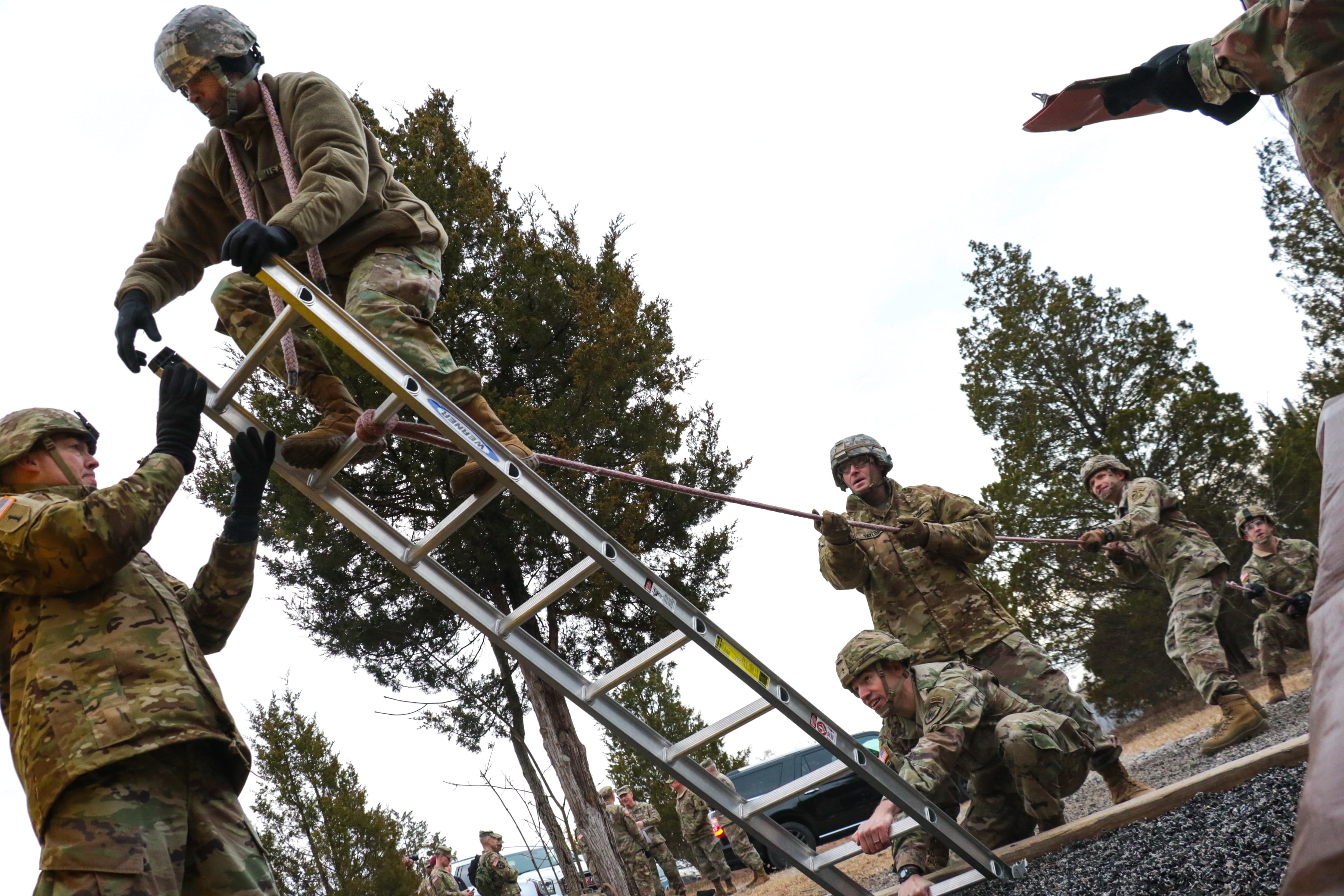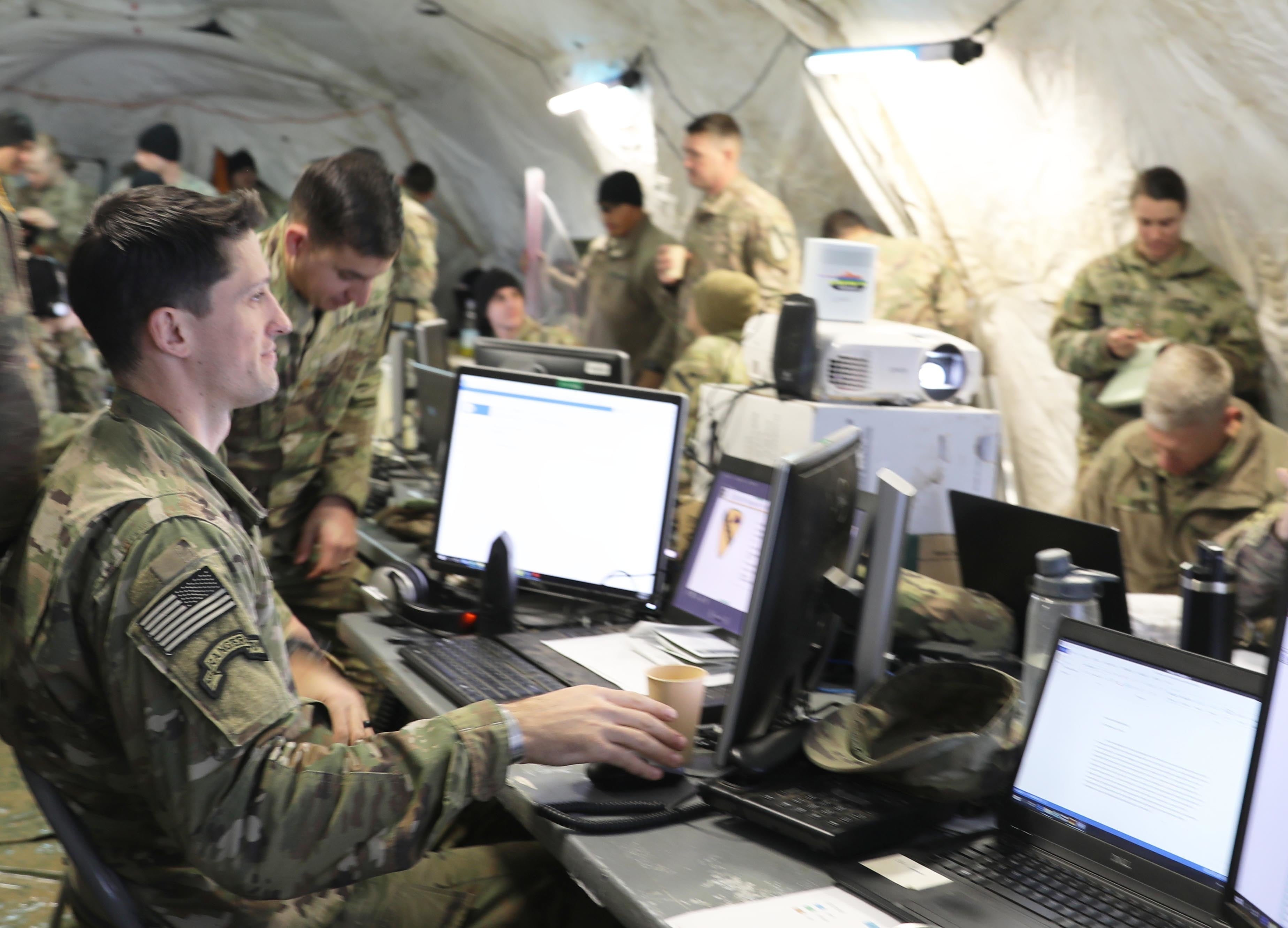The Army already factored in the possibility of nepotism before it rolled out its new job assignment system for officers, three of the service’s generals overseeing personnel matters said Thursday.
They’re confident the new market-style hiring system, dubbed “Assignment Interactive Module 2.0,” will simultaneously cut down on the potential for nepotism in hiring decisions, while also helping the service to identify preferential treatment if or when it does occur.
Before the marketplace started, a message was sent out to the force telling senior leaders that they have a responsibility to pick the right officers for jobs by drawing from a wide array of candidates, many of whom built profiles to entice hiring units by highlighting their life experiences, degrees, interests and extracurricular pursuits.
The new process gives personnel more preference in their careers, as evidenced by the 47 percent of nearly 14,000 active-duty officers who had one-to-one matches after the inaugural assignment cycle. That means the officer and the unit made one another their top preference.
“There’s nothing wrong with someone picking someone they know, who they’re comfortable with," said Lt. Gen. Thomas Seamands, deputy chief of staff for the the Army’s G-1. "But what they do now is they have a wide swath of people and the officers can give references. There’s a lot of talent out there that just hasn’t had the opportunity to meet the right leaders.”
“Really, it levels the playing field,” Seamands added.
It’s certainly different from how the Army managed hiring in the past, which really only took into account two variables: rank and branch. As hiring cycles continue, Seamands expects units to hone in on the less tangible skills officers bring to the table.
“If you’re a unit that has a mission to Africa ... you can go in there and search for people who’ve been to Africa, studied it, maybe wrote a paper in college or a masters thesis,” he said. “All that information will be available.”
Army leadership hopes the new system will create a data-rich environment that analysts can use to learn who preferred which jobs and why. That could help identify a slew of interesting data points, from poor leadership at a specific brigade to great living quarters at a certain installation.
It could also help identify the extent to which nepotism plays a part in hiring decisions, said Maj. Gen. J.P. McGee, director of the Army’s Talent Management Task Force.
RELATED

“Now we finally have a data structure that can say, Col. Smith understands how to do this, he exercises this authority we’ve given him responsibly and Col. Jones actually doesn’t," McGee said. “He only hires people who’ve worked for him in the past and that is not the intention of this.”
But the marketplace should also cut into the potential for nepotism up front.
The new system forces hiring units to consider officers they’ve never before had access to, according to Maj. Gen. Joseph Calloway, who leads Army Human Resources Command.
“Under the old system, where I may have known 10 captains or majors that used to work for me that I’d consider, now what I’ve got is 30 captains or majors that preferenced my assignment," Calloway said. “And all of their mentors are contacting me to say ‘this is why you should hire this guy.'”
The Army Engineer Corps used the marketplace for a trial run a few years ago, according to McGee. During that pilot test, leaders reported back that they entered into the process thinking they already knew who they wanted to hire. But in the end, they chose a more diverse array of candidates.
“The portfolio of people you know is always going to be limited by your personal experiences,” McGee said. “When they saw the totality of the candidates who are available to fill assignments, they make very different choices because they have a more complete view of the talented officers they’ve never met.”
McGee added that while nepotism is easy to discuss in theory, it can be difficult to actually identify in practice.
“Is it nepotism if I’ve worked for Gen. Seamands in the last two assignments out of six, or is it nepotism only if I’ve worked for him for the last six assignments in a row?" McGee asked. “I think the Army has to figure out ... but now we’ve got a structure that can help us see that."
Kyle Rempfer was an editor and reporter who has covered combat operations, criminal cases, foreign military assistance and training accidents. Before entering journalism, Kyle served in U.S. Air Force Special Tactics and deployed in 2014 to Paktika Province, Afghanistan, and Baghdad, Iraq.




